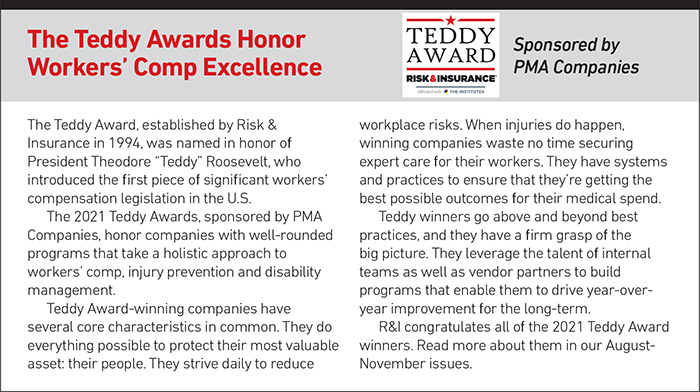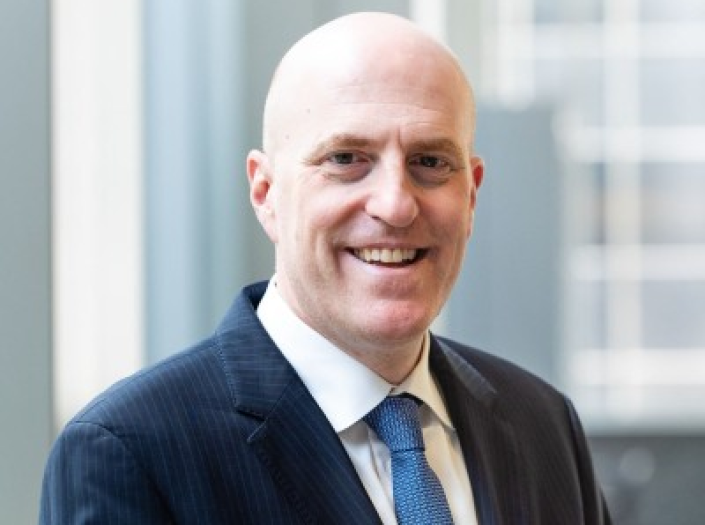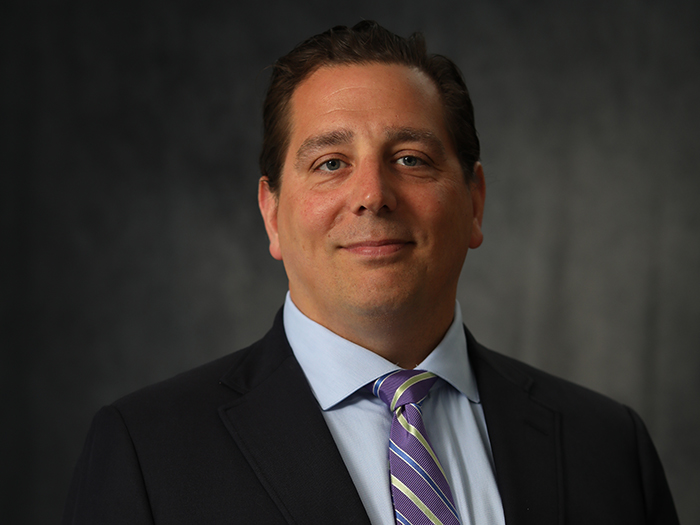How The City of Philadelphia Cut Costs and Doubled Down on Employee Advocacy, Earning Their Second Teddy Award

To meander through the streets of Philadelphia is to find oneself surrounded by emblems of American history.
There’s the house on the corner of 7th and Market Streets where Thomas Jefferson penned the Declaration of Independence. On 8th and Spruce Streets stands Pennsylvania Hospital, home to the nation’s first surgical amphitheater and medical library.
Just beyond that stands Independence Hall, where Benjamin Franklin famously declared that the Founding Fathers gave Americans “a republic, if [they] can keep it.”
Even the nation’s first successful fire insurance company, The Philadelphia Contributionship, was founded here.
Just as the city has made history in fields ranging from politics to health care to insurance, so too has it shown a penchant for workers’ compensation excellence. In 1997, the City of Philadelphia earned its first Teddy Award in recognition of its capitated cost program.
Under the program, the city partnered with Allegheny University Hospitals to create a program where it paid one price for an annual contract covering all workers’ comp medical expenses. That way, the city kept costs in-check while providing high-quality medical care to its injured workers, reducing total incurred workers’ comp liabilities by $100 million in three years.
But then, things started to shift. In 2003, the city added an additional benefit in accordance with the Heart and Lung Act that allowed uniformed city workers to collect their full wage if injured in the line of duty. With this additional benefit, medical costs crept back up, leaving the city struggling to manage its workers’ compensation costs.
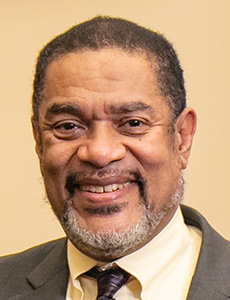
Barry Scott, risk manager and deputy director of finance, The City of Philadelphia
“We were really feeling challenged by the environment we were in,” said Barry Scott, risk manager and deputy director of finance for The City of Philadelphia.
To tackle skyrocketing costs, the city doubled down on employee safety, implemented mandatory provider agreements and created a crisis management program that employs a collaborative approach to managing claims.
All of these programs have helped reduce workers’ comp costs and injury rates for the city. They’ve also helped ensure that the city and its workers’ comp program are nimble enough to adapt to whatever’s thrown its way, equipping it to respond to the COVID-19 pandemic and earning the city its second Teddy Award.
Keeping Philly’s Workers Safe
Philly self-insures its workers’ comp program, providing medical benefits and offering 75% to 100% of an injured worker’s salary while they’re out. In order to continue to provide such generous benefits, the city needed to find a way to get costs in-line without sacrificing the quality of care for the nearly 4,000 city employees who are injured each year.
To address rising costs, the city adopted the philosophy that the best kind of injury is the one that doesn’t occur at all. Scott and his team retooled the city’s safety program with the goal of making sure each worker returned home in the same condition they came to work.
“We’re looking to make sure that everyone has a community that they can live in safely, happily, and enjoy the life that they have,” Scott said.
Under the revamped safety program, each of the city’s 44 departments has its own safety officer. Safety officers are responsible for performing safety audits for their departments, providing the city with performance data so managers know where injuries are occurring.
“We did some things that I thought were really phenomenal for a city that is not as nimble as some other organizations,” said Sharolyn Murphy, employee disability manager/risk management counsel for the city.
Centering Employees
When an injury occurs, the city of Philadelphia strives to make sure workers receive high-quality medical care from providers within the city. The city’s medical director conducts in-depth and on-going provider reviews that evaluate provider credentials and care quality.
Within the city’s physical therapy program, these extensive reviews have resulted in over $2.5 million in physical therapy savings for the city.
When it is determined a worker needs physical therapy, their claim is processed through an algorithm that assigns them to the highest-scoring PT provider within a three-mile radius of their work location. Appointments are scheduled on the day of referral, ensuring that workers receive treatment quickly. The city and their TPA, PMA Management Corp., conduct reviews of all high-cost PT claims to keep costs in-line.
“We wanted to make sure that physical therapy care provided under our program was provided consistently and that we were rewarding providers who were following the best practices in terms of the delivery of PT services,” Scott said.
“We really worked with the PT community to make sure that we had providers that serve our population well.”
The city and its TPA also created a customized pharmacy point-of-sale program that routes certain medications to its pharmacy intervention team so that they can evaluate whether or not the medication is medically necessary. This program helps prevent opioid abuse amongst injured workers and it has resulted in $265,000 of savings during the program’s first year.
“We want to support businesses that are local, but I’m also not trying to support businesses literally on the backs of our workers,” Scott said.
“We hope that some of the interventions that we’ve tried have really limited the impact that the opioid epidemic has had on our population of employees.”

Sharolyn Murphy, employee disability manager/risk management counsel, The City of Philadelphia
All of these programs have helped injured workers transition smoothly into return-to-work. The city’s return-to-work program prioritizes helping people get back on the job through light or modified duty assignments.
It’s helped police officers find light duty assignments in surveillance and it’s placed injured first responders in roles suited to their skills in other departments while they heal. A trash collector who suffered a back injury while picking up a recycling bin was able to transition to a role as a library assistant, allowing him to find a meaningful new role after his injury.
“We see this as part of our commitment to the city, to really care for its citizens who are our employees,” Scott said.
“The city is invested in them and if we can keep them still as a city employee and use those skills in some other way, that’s something that we’re really trying to accomplish with that program.”
All in all, these programs have helped the city increase average medical savings 63% and reduced the average cost of a closed, medical only claim by 40%. Injury rates per 100 employees are the lowest they’ve been in four years.
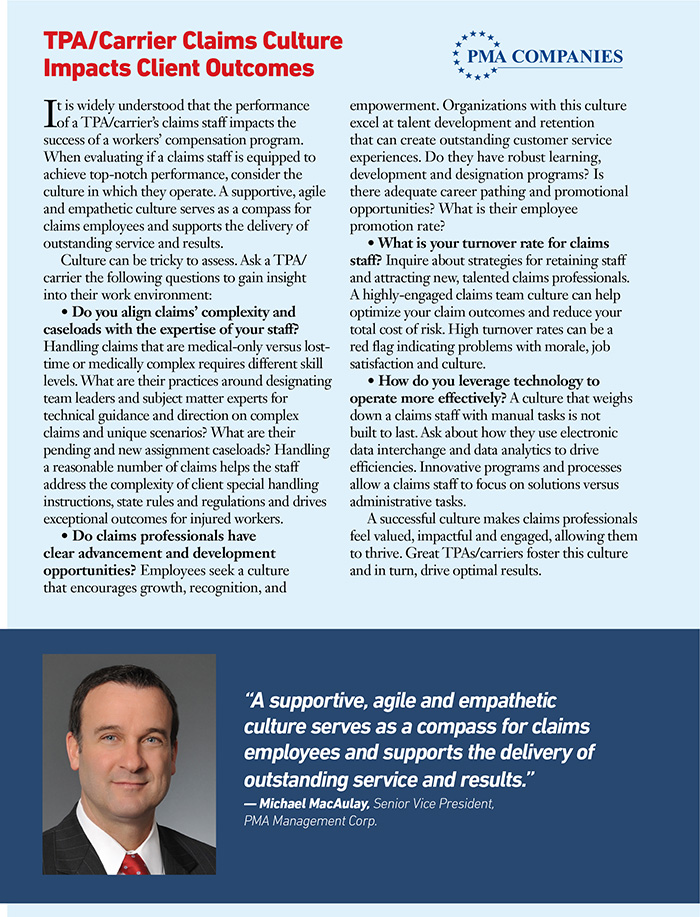
Nimble in the Face of Crisis
The city’s unique crisis management program also plays a key role in ensuring employees are both working safely and receiving prompt treatment after an injury during large or unexpected events.
As the sixth most-populous U.S. city, Philly has a lot of people to protect when a local or national crisis occurs. It is also home to numerous planned, large-scale events that can lead to higher injury rates for workers. During one week in early September, the city saw historic flooding from Hurricane Ida and hosted Jay-Z’s Made in America Concert on the Benjamin Franklin Parkway all while continuing to manage the on-going COVID-19 pandemic.
“We’ve needed to be fairly nimble,” Scott said. “The challenges that we face as a large city keep us on our toes.”
Both crises and large events can result in a large number of claims and as such require a unique approach to safety and claims management.
For planned events, the crisis management program works with a task force composed of risk management, fire, police and emergency management and public property employees to implement additional safety measures.
The city proactively manages unplanned events. This approach brought it great success this year. After two events resulted in 200 claims and over $4 million in workers’ comp exposures, the city worked with PMA Management Corp. to assign claims resources, engage field nurses and obtain medical information for the injured workers. The approach resulted in 70% of the claims being closed within two months.
“We needed to set up a special system to make sure that we took care of those injured workers,” Scott said.
COVID-19: Time to Double Down on Safety
The city’s commitment to protecting injured workers came to the fore during the COVID-19 pandemic.
Philly’s experience managing crises and large events enabled it to pivot quickly, sending the workers who could work remotely home and making plans to ensure the safety of those who continued to work in-person. Workers with pre-existing injuries also pivoted to virtual treatments where possible so that they could continue to heal.
The city’s quarterly safety meetings were now being held monthly and it held bi-weekly pandemic training series to help its workers weather the pandemic.
As a provider of municipal services, such as trash collection and water treatment, Philly knew it needed to make sure that there were still enough people who could provide critical services.
“It was really important to make sure that we manage some of the workers in critical positions to make sure that we could continue certain operations,” Scott said.
“There are a limited number of individuals who can run a water treatment plant and if all of the individuals who can run a water treatment plant need to be quarantined at the same time, then that’s a problem for everybody else.”
Of course, infections occurred. But Scott and Murphy saw every employee illness as a reason to fight to protect workers. As a result of the safety measures they implemented, Philly was able to keep COVID infection rates low.
“For me, that has really been part of what drives me to try to make sure that our workers stay safe no matter what we are faced with,” Scott said.
“Our COVID numbers, fortunately, were not very high. We were able to keep our employees very safe,” Murphy added. &
